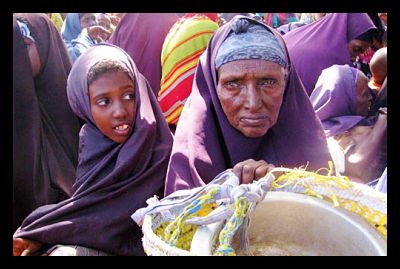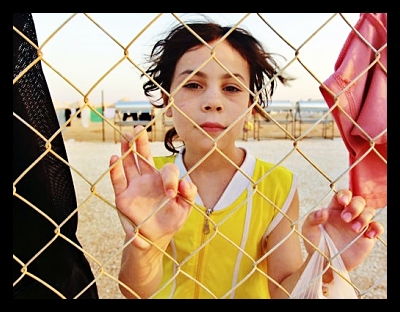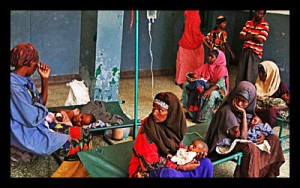
These top 10 global poverty blogs are some of the best of the best in addressing the issues, solutions, and concerns surrounding the global battle against extreme poverty.
1. The Borgen Project – Works with US Congressional leaders to improve the USAID response to the global poverty crisis; advocacy to secure crucial poverty-reducing legislation, mobilization and awareness campaigns making poverty a political priority. The blog addresses the impact of poverty from every angle, and highlights innovative and dynamic development successes.
2. The Impatient Optimist – The Bill & Melinda Gates Foundation blog features the work of the foundation’s grantees, partners, leadership, and staff, as well as other bloggers, to provide commentary and insight on the issues of poverty. Stories and updates from the people working every day to help alleviate poverty, help promote health, and to help every student in the United States realize his or her full potential through education.
3. The Huffington Post – The highly respected news agency developed their Impact blog with reputable contributors from around the world, renowned journalists, stories about celebrities and average people, domestic and global poverty concerns and innovations, and good-news-stories. Type in the search word “poverty” and find a vast archive of videos and articles covering poverty concerns.
4. The World Bank – “Working for a world free of poverty,” this blog is a forum for discussing development issues and provides open access to WB data. Open access to data is a key part of the WB’s commitment to sharing knowledge to improve people’s lives. The Open Data Initiative believes that “statistics tell the story of people in developing countries, and can play an important part in helping to overcome poverty” – WB’s President, Robert Zoellick.
5. The United Nations Development Programme – Details the UNDP’s 6,000+ development projects and 8,000 outputs in 177 countries and territories worldwide; comprehensive, qualitative and timely information about how aid flows and its results. The blog is also part of the International Aid Transparency Initiative (IATI) to which UNDP is a signatory, advocating voluntary transparency aimed at making information about aid spending easier to access, understand and use.
6. The U.S. Department of State – Mission: to create a more secure, democratic, and prosperous world for the benefit of the American people and the international community. Blogs.state.gov offers up to the minute news coverage of U.S. foreign policy information; their blog offers the opportunity for participants to discuss important foreign policy issues with senior Department officials. Blog.usaid.gov shows exactly what America is doing around the world to help reduce poverty and improve development.
7. InterAction – An alliance organization of more than 180 U.S. based non-governmental organizations (NGOs), working around the world. InterAction serves as a convener, thought leader and voice of their member community. Their blog represents the collective mobilization of its members in: international development, humanitarian aid, accountability and policy creation.
8. ONE – Is a global mobilization of over three million people, unifying to fight “the absurdity of extreme poverty.” Co-founder Bono is part of the group’s influential leadership team, joined by other political and humanitarian experts from around the world. Their blog aims to educate and facilitate the general public in direct action for poverty reduction, and subsequent issues resulting from poverty.
9. Oxfam America – “Working together to end poverty and injustice,” Oxfam America is a global organization working to right the wrongs of poverty, hunger, and injustice and to develop long-term solutions for social change. The international Oxfam confederation works in more than 90 countries, and their blog is a comprehensive look at all political, economic, humanitarian angles of poverty issues.
10. Business Fights Poverty – The world’s largest network of business and development professionals, NGOs and academia all focused on fighting poverty through business. Their blog highlights how business can combat poverty, providing resources, methods and tools for business and thus economic development, showing impact and opportunities.
– Mary Purcell
Photo Source: Impatient Optimist




 Recently the U.N. Food and Agriculture Organization predicted that Haiti would see a 25% increase in its rice crop production between 2012 and 2013. For
Recently the U.N. Food and Agriculture Organization predicted that Haiti would see a 25% increase in its rice crop production between 2012 and 2013. For 
 UNHCR) said more than 1.5 million Syrian civilians had fled their country to escape the civil war that had been raging there for almost two years. Dan McNorton, a spokesman for the UNHCR, said the actual number of refugees is probably much higher due to concerns some Syrians have regarding registration. In addition, approximately 4 million people have been internally displaced since the beginning of the conflict. So what does this mean for the Syrian people who are now refugees? What can be expected in the life of a refugee?
UNHCR) said more than 1.5 million Syrian civilians had fled their country to escape the civil war that had been raging there for almost two years. Dan McNorton, a spokesman for the UNHCR, said the actual number of refugees is probably much higher due to concerns some Syrians have regarding registration. In addition, approximately 4 million people have been internally displaced since the beginning of the conflict. So what does this mean for the Syrian people who are now refugees? What can be expected in the life of a refugee?

